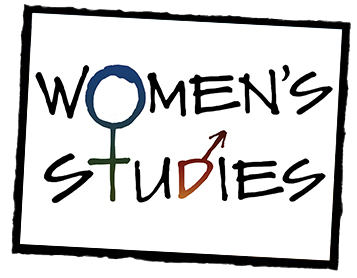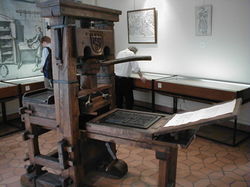Category:Women's Studies--1450s
|
|
Women's Studies : 2020s -- 2010s -- 2000s -- 1990s -- 1980s -- 1970s -- 1960s -- 1950s -- 1940s -- 1930s -- 1920s -- 1910s -- 1900s -- 1850s -- 1800s -- 1700s -- 1600s -- 1500s -- 1450s -- Home Timeline : 2020s -- 2010s -- 2000s -- 1990s -- 1980s -- 1970s -- 1960s -- 1950s -- 1940s -- 1930s -- 1920s -- 1910s -- 1900s -- 1850s -- 1800s -- 1700s -- 1600s -- 1500s -- 1450s -- Medieval -- Home
|
History of research (1450s) -- Notes
Medieval legacy
Giovanni Boccaccio's De mulieribus claris (1374) was the first collection devoted exclusively to biographies of women in Western literature. Among the 106 biographies, only 4 have some interest for “Biblical Studies”: Eve, Athaliah, Mariamne and Poppea.
Inspired by Boccaccio, Geoffrey Chaucer wrote in the 1380s his poem, The Legend of Good Women, which included only a brief reference to Esther.
Christine de Pisan's Le livre de la cité des dames is the first "feminist" treatise of the Renaissance, and the first written by a woman. It mentions several "biblical" women, from both the Old and the New Testament, including Mary Magdalene, the Queen of Sheba, Deborah, Elizabeth, Mary of Nazareth, Esther, Judith, Susanna, Sarah, Rebecca, Ruth, Mariamne, and others.
1450s
In 1473 the editio princeps of Boccaccio's "De mulieribus claris" was published. The work directly inspired Lucretia Tornabuoni's "Sacred Poems". Three of them deal with women (Susanna, Esther, Judith).
Pages in category "Women's Studies--1450s"
The following 2 pages are in this category, out of 2 total.


